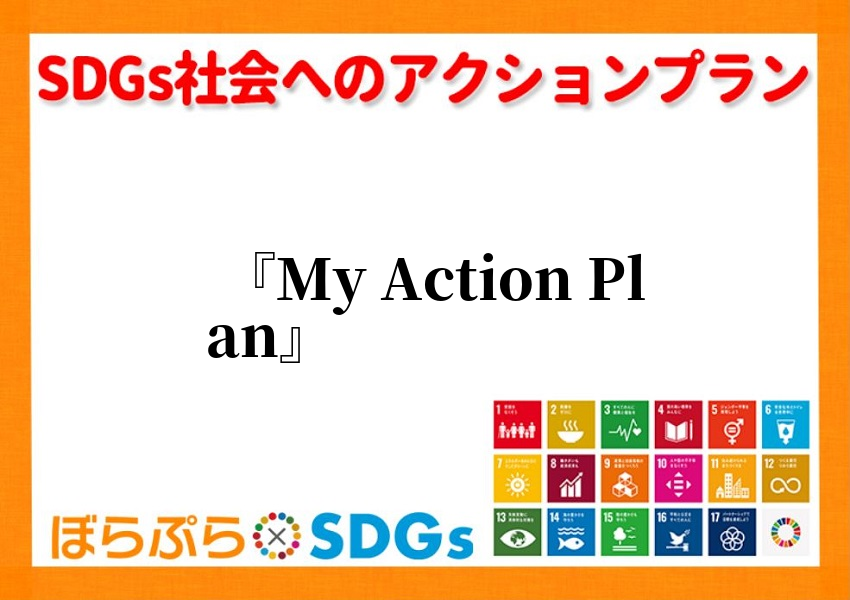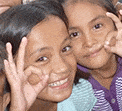[ぼらぷらアクションプラン]

プレゼン動画
アクションプラン
『My Action Plan』
Through this essay, I would like the reader to know about the current issues between Cambodia and Japan. I thought Japan was a very developed country and had no issues with the 17 SDG goals, but after researching about 3 different goals, I realized that Japan also needs to do more about the SDG goals.
The first SDG goal is No. 1, “No Poverty." Japan’s poverty rate is 11.5%, and Japanese women tend to suffer the most and have a higher likelihood of facing poverty. 3.5 million children are living in poverty in Tottori Prefecture. On the other hand, Cambodia’s poverty rate is 17.8%. In Cambodia, the proportion of the employed population is below $1.90 purchasing power parity a day. For every 1,000 babies born in Cambodia in 2021, 25 died before their fifth birthday. To reduce the number of people dying from poverty, I could go to welfare facilities to help children needing help with education or by donating old stationery. I will help by teaching children basic English since English is the most used language in the world. I could also hang out with them, play Uno games, and, for example, we could make some pancakes together or cook some dishes.
The second goal is No. 4, “Quality Education." Japan is ranked 7th when it comes to the quality of education. The level of Japanese education is high, even by world standards. The foundation of the Japanese educational system is a strong, lifelong commitment to children. While in Cambodia, 60% of secondary school kids could graduate. However, 40% of the children dropped out. Around 70% of the sampled schools were short of classrooms. Teacher shortages were serious, and most Cambodian teachers held low qualifications. To help Cambodia improve its educational system, I could help by donating unused stationery every month and making that a habit by getting contributions from classmates and friends.
The third goal is No. 6, “Clean Water and Sanitation." Japan has achieved universal access to water supply and sanitation. Over 90% of rivers in Japan meet environmental standards; 98.2% of tap water in Japan is pure and safe to drink. However, in Cambodia, around 20% of the population lacks essential access to clean water. The country does not have the ability to wash its hands properly and does not have access to an indoor bathroom. After learning about the current situation in Cambodia, I would be mindful of my daily actions, such as turning off the tap when not in use and trying to take a quick shower. This action can help reduce the waste of water.
After learning about the different issues and situations between Cambodia and Japan, I realized how blessed I am and have a very nice environment around me; I can go to school and have clean water and sanitation. I hope in the future I can try to take bigger action, like starting an organization group to help countries.





 LINE相談
LINE相談